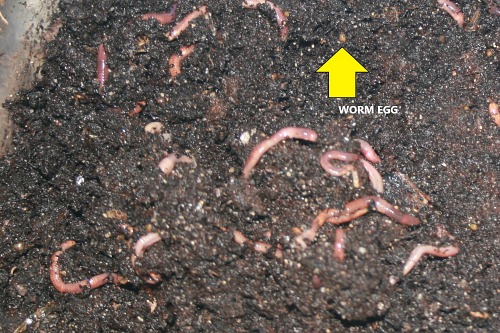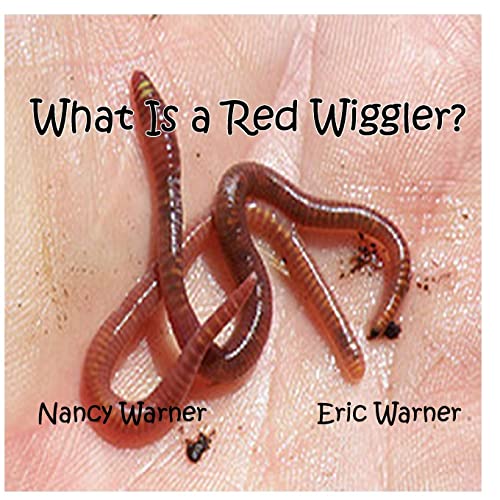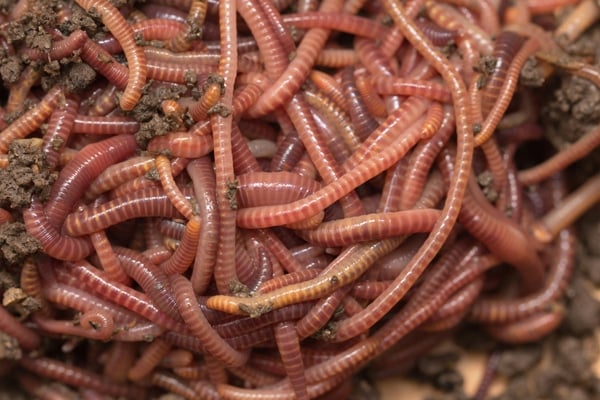Achieve a Lush Lawn Using Lake Hickory Bait Lawn Care Resources
Achieve a Lush Lawn Using Lake Hickory Bait Lawn Care Resources
Blog Article
Red Wigglers: The Unsung Heroes of Organic Waste Recycling
Red wigglers, or Eisenia fetida, offer as crucial agents in the natural waste recycling process, changing disposed of products into useful vermicompost. As the world significantly seeks solutions to combat waste build-up and improve farming performance, understanding the role of these worms becomes important.
What Are Red Wigglers?
The impressive strength of red wigglers, medically called Eisenia fetida, emphasizes their important duty in natural waste recycling. These small, reddish-brown earthworms are usually found in decomposing natural issue, such as compost heap and manure heaps. Lake Hickory Bait. Unlike various other earthworm types, red wigglers prosper in nutrient-rich environments and are extremely reliable at damaging down organic materials, making them important for vermicomposting

(Red Wiggler Express)Along with their duty in waste reduction, red wigglers contribute to dirt wellness by enhancing dirt structure and aeration via their delving tasks (Lake Hickory Bait). Their existence in composting systems not only improves disintegration prices but additionally promotes a sustainable approach to squander management, highlighting their importance in eco-friendly preservation initiatives
Advantages of Composting With Worms
Composting with worms, particularly red wigglers, provides various advantages that improve both waste management and dirt health. These worms efficiently damage down natural waste, transforming it right into nutrient-rich vermicompost that enhances dirt. This procedure increases decomposition, permitting for a quicker recycling of kitchen area scraps and various other natural materials contrasted to typical composting methods.
Additionally, the vermicompost generated by red wigglers is bristling with helpful bacteria, which help boost dirt structure, oygenation, and moisture retention. This improves the general health of plants, advertising vigorous growth and boosted yields in gardens and agricultural settings. Additionally, using worms in composting minimizes the production of greenhouse gases, such as methane, contributing to an extra lasting waste management system.

How to Beginning Vermicomposting
Establishing a vermicomposting system is an uncomplicated process that can yield significant advantages for both waste monitoring and soil enrichment. To start, pick an ideal container, such as a plastic container or wood box, with adequate ventilation openings to guarantee appropriate airflow. The measurements must ideally be about 2 feet by 3 feet, enabling enough area for the worms to flourish.
Next, prepare bed linens material, which can include shredded paper, cardboard, or coconut coir. This bed linen needs to be moistened to create an appropriate habitat for the worms. When the bed linen remains in area, present red wigglers (Eisenia fetida) right into the container, typically around one pound of worms for each square foot of area.
Following the placement of worms, add natural waste, such as fruit and veggie scraps, coffee grounds, and crushed eggshells. With these steps, you will effectively initiate a vermicomposting system that adds to sustainable waste monitoring and enhances your soil.
Maintaining a Healthy Worm Container
(Lake Hickory Bait)Maintaining a worm container growing requires routine interest and care to ensure the health and wellness of the red wigglers and the performance of the composting process. Proper maintenance begins with checking the moisture degrees; the bin must be moist but not soaked. A great guideline of thumb is to preserve a consistency comparable to a wrung-out sponge.
Carefully blending the bed linens and food scraps every few weeks avoids compaction and makes certain that all worms have accessibility to oxygen. In addition, it is essential to feed the worms suitably.
If the container becomes as well hot or chilly, the worms might become stressed out. By carefully taking care of these aspects, one can maintain a robust and productive worm container.
Effect On Sustainable Living
The effective upkeep of a worm bin not just profits the health and wellness of red wigglers however also contributes substantially to lasting living practices. By recycling natural waste, such as kitchen scraps and yard particles, red wigglers aid divert substantial amounts of product from land fills. This decrease in waste not only decreases greenhouse gas exhausts however also lessens the ecological burden connected with waste management.
Furthermore, the spreadings created by red wigglers function as a nutrient-rich organic plant food, enhancing dirt health and advertising plant development. This natural alternative to chemical plant foods sustains sustainable agriculture and horticulture methods, reducing dependence on synthetic inputs that can hurt ecological communities. Additionally, worm composting cultivates awareness of waste monitoring, urging people and neighborhoods to adopt even more sustainable habits.

Verdict
In summary, red wigglers offer as crucial contributors to organic waste reusing via their reliable decay of natural materials. Their capability to generate nutrient-rich vermicompost enhances dirt wellness and have a peek here sustains sustainable farming methods. By integrating vermicomposting into waste monitoring strategies, people and communities can substantially minimize waste while promoting ecological sustainability. The duty of Eisenia fetida in cultivating healthy and balanced environments highlights the value of these organisms in achieving sustainable living and improving dirt fertility.
Report this page